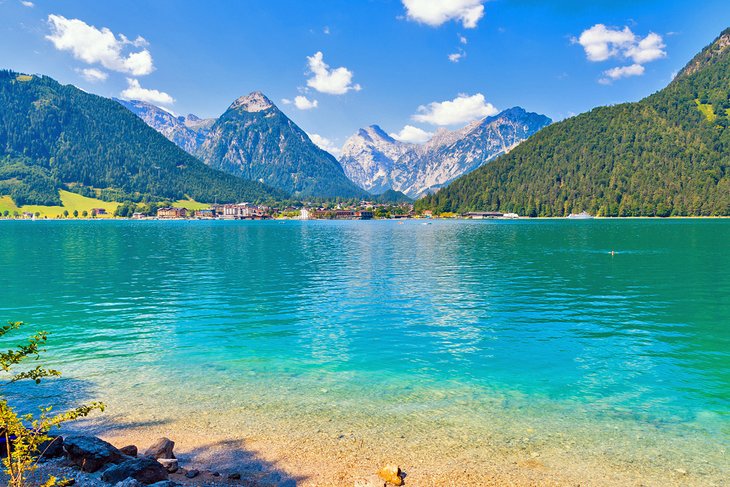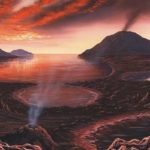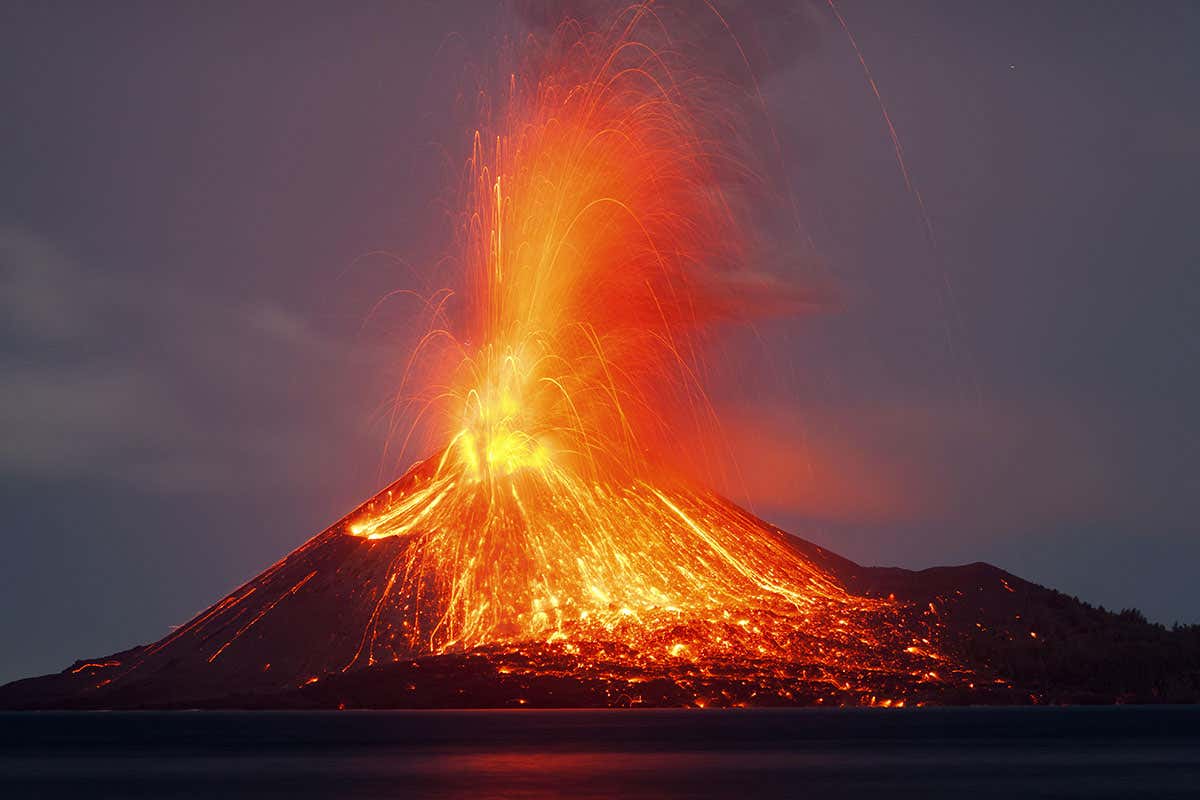Water found on the surface of continents and islands is referred to as surface water. Surface water makes up only one fourth of one percent, or 0.25%, of the total water found on Earth. This water is found in rivers, streams, lakes, springs and swamps, and is extremely important to the lives of all land dwelling animals, including humans.
Lakes
Lakes contain about 90% of all the surface water found on Earth (not including oceans). Lakes form when water finds its way into a basin. In order to continue existing, lakes must have a continual source of new water, otherwise they will eventually dry up.
Most lakes contain fresh water. However, in some cases, the water found in a lake can become salty, just like the ocean. This happens when a lake does not have a stream, either above ground or underground, draining water away from it. As water enters a lake, it carries minerals with it. As this water dissolves, it leaves the minerals behind.
Most lakes only last a few thousand years and then disappear. This is because as streams and rivers carry water into the lake, they also carry sediment. This sediment slowly fills the lakes, causing them to become shallower. At the same time, outbound streams cut deeper and deeper channels, causing the lakes to drain more quickly.
Many lakes are man made. These are referred to as reservoirs. Reservoirs allow cities and nations to store water for later use. Most of these reservoirs are small in size, but some are very large, spanning several hundred miles, or kilometres.
Swamps
A swamp is similar to a lake but it is much shallower. Swamps are covered with water, but this water is shallow enough to allow plants to grow, reaching the surface.
Swamps are generally dominated by water tolerant trees.
Marshes
Marshes are similar to swamps, but instead of trees they are dominated by grasses and reeds. They are generally rich with life, harboring many kinds of frogs, turtles, fish, and bird life.
Rivers and Streams
Geographers generally refer to all rivers and streams as streams, regardless of how big they are. Streams have an important job. They drain the landscape, and move water and minerals towards the Earth’s oceans.
As water drains, it generally begins in small creeks, which flow into larger and larger streams, and eventually into powerful flowing rivers. The largest river on Earth is the Amazon, which drains much of South America. The largest river in North America is the Mississippi River, which drains over 40% of that continent.
Underground Water
Locked deep within the lithosphere, or surface of the Earth, is found many billions of gallons of water. Almost anywhere on Earth, it is possible to dig down and find a supply of fresh drinkable water. Almost all of this water was deposited over millions of years by the many rain and snow storms that have visited the surface of the Earth.
Most ground water lies within ½ mile (0.8km) of the surface of the Earth. However, scientists have found water at a depth of more than six miles (10km).






